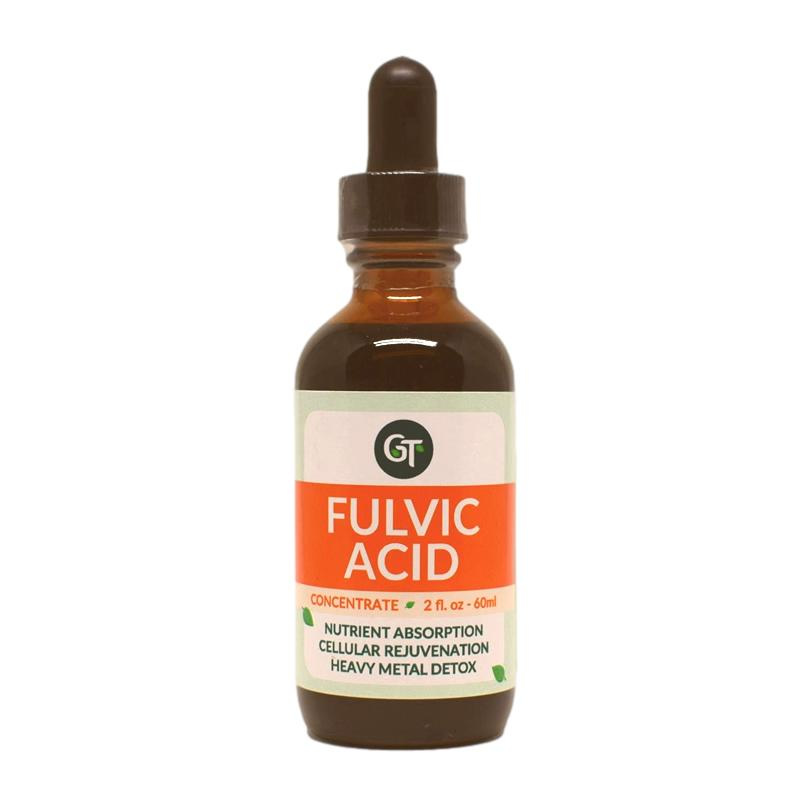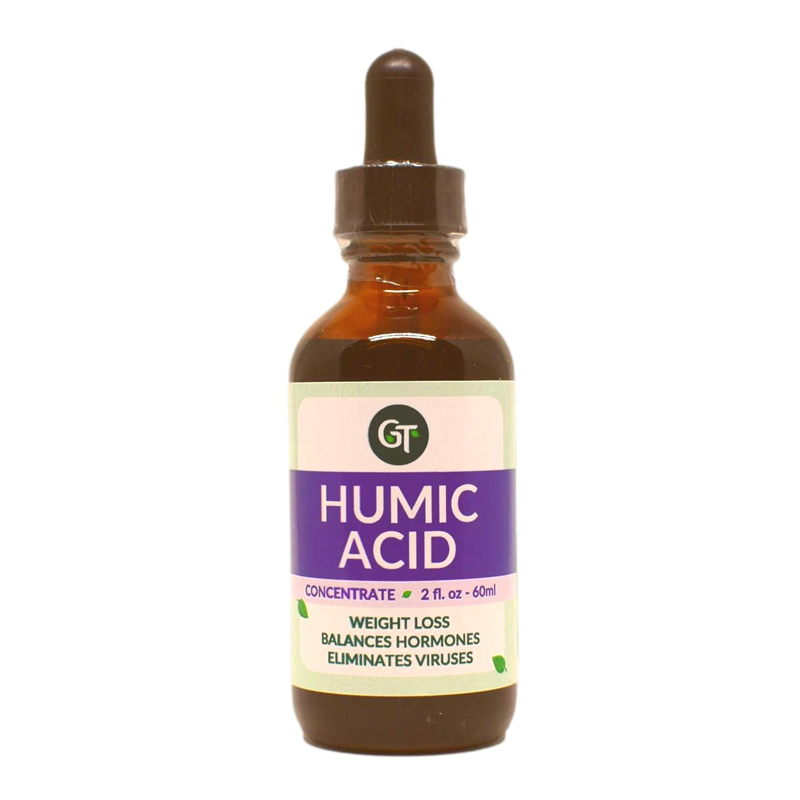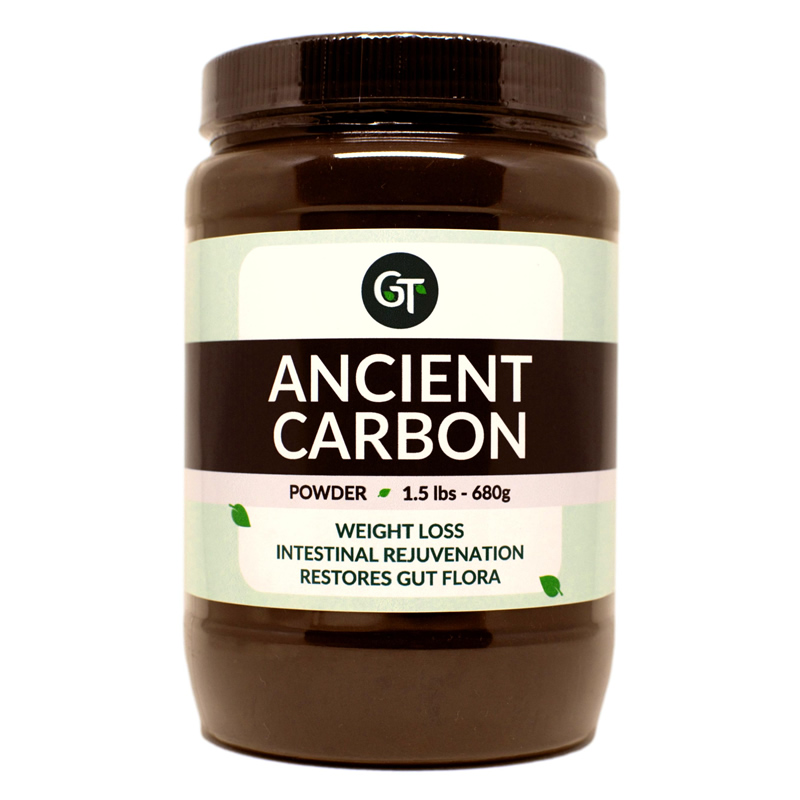No products in the cart.
Chlorinated Water and Cancer
Chlorine destroys your intestinal flora and fauna.
Soil based organisms, together with humic and fulvic acids, are an effective counter measure that will help restore your poisoned and damaged intestinal cultures.
Although chlorine has essentially eliminated the risks of waterborne diseases such as typhoid fever, cholera and dysentery, serious health problems arise when chlorine is ingested into the human body via drinking water or through the skin via the bath, shower or public swimming pools, or through the respiratory system by breathing in the chlorine fumes created via a hot shower.
Chlorine is a highly toxic greenish yellow gas, has a pungent odor, and fumes in moist air.
Oxidizing Reaction of Chlorine
- Chlorine is a strong oxidizing agent.
- Chlorine oxidizes Iron
- Chloride, FeCl2, to the salt containing Iron in the higher oxidation state Iron
Chloride, FeCl3. This is possible because Iron has a variable valence.
2 FeCl2 + Cl2 ==> 2 FeCl3
Chlorine displaces the less electronegative Bromine and Iodine from their respective salts.
Cl2 + 2 KBr ==> 2 KCl + Br2
Chlorine removes Hydrogen from the hydrides of nonmetals, forming Hydrogen Chloride, and leaving the nonmetal element.
Cl2 + H2S ==> 2 HCl + S
Chlorine is used
- for the manufacture of bleaching powder and liquid bleaches,
- to bleach fabrics (e.g. linen and cotton), wood pulp and paper,
- in the manufacture of a wide range of chloro-organic solvents, including Methylene Chloride, CH2Cl2, Chloroform, CHCl3, Carbon Tetrachloride, CCl4,
- in the manufacture of a number of important inorganic chemicals, including Sulphur Chloride, S2Cl2, Thionyl Chloride, SOCl2, Phosgene (i.e. Carbonyl Chloride), COCl2, and inorganic Chlorates, (e.g. Sodium Chlorate, NaClO3),
- for the direct manufacture of Hydrochloric Acid by the direct combination of its elements, H2 + Cl2 ==> 2 HCl
- for the extraction of Gold from its ores,
- in the manufacture Sodium Hypochlorite (i.e. domestic bleach), disinfectants, insecticides, plastics and Hydrochloric Acid,
- as a disinfectant used to kill bacteria in the preparation of drinking water.
Chlorine is also important in the manufacture of paints, aerosol propellants and plastics.
Cancer fighting nutrients become deadly when combined with chlorinated tap water.
Some of nature’s most valuable and essential anticancer and anti-disease phytochemical nutrients which are commonly found in food, have been discovered to form deadly cancer causing substances when consumed or combined with chlorinated tap water.
This discovery includes familiar foods including soy, fruits, vegetables, tea, many health products, and even some vitamins. Recently, a joint study was undertaken in Japan by research scientists at the National Institute of Health Sciences and Shizuoka Prefectural University. They determined that natural organic substances originating from foods, including fruits, soy, and green or black tea, react when tap water is chlorinated, forming dangerous cancer causing compounds. These deadly compounds have been named MX, which stands for “unknown mutagen”, and are similar to the already well-known and more easily detected cancer causing THMs (trihalomethanes).
The Japanese scientists specifically mentioned that their studies showed that MX is created by the reaction of chlorine with natural organic plant phytochemicals such as catechins, which are contained in tea and flavonoids, which are found in fruit. To make things worse, it is certain that the fresh plant foods we eat similarly react with the chlorinated tap water we drink with our meals. This means that fresh fruits and vegetables, green salads, green tea, black tea, herb teas, soy products, vitamin pills and various health supplements, and even some pharmaceutical drugs, all can be implicated in combination with chlorinated water. These foods contain a significant amount of nutritional phytochemical groups including hormones, sterols, fatty acids, polyphenols, and ketones, which subgroups include but are not limited to: flavins, flavonoids, flavones, tannins, catechins, quinones, isoflavones, tocopherols, etc.
These compounds are some of the most valuable and promising anticancer nutrients found in our foods and health supplements. Coenzyme Q10 is a quinone, vitamin B-2 is a flavin, vitamin E is a tocopherol, citrus bioflavonoids including hesperidin, quercetin, and rutin are all flavonoids. Green tea contains catechins, phenols, tannins, and isoflavones. Potentially all of these substances, and many more, are implicated by chlorination. The deadly cancer causing agents that are produced are extremely toxic in infinitesimal amounts, so small and obscure that they are extremely difficult to detect. Very little chlorine is required. When the concentrations of photochemical are high, such as in concentrated health supplements, or even fruits and vegetables coming from more fertile soils, the deadly combination with chlorination intensifies.
It has been known by the water treatment and chemical industries for many years that chlorine reacts negatively with natural organic compounds. These industries call these compounds DBPs (disinfection by-products) which are known to cause cancer in populations whose drinking water contains them. THM, the most commonly known DBP, is known to cause a high incidence of bladder cancer and also to cause spontaneous abortion of fetuses. Scientists in Finland in 1997 determined that MX is 170 times more deadly than other known toxic byproducts of chlorination, and were shown in laboratory studies to damage the thyroid gland as well as cause cancerous tumors.
Chlorinated water is implicated in thyroid disorders
Chlorine, flourine, and fluoride are chemically related to iodine, and compete with it, blocking iodine receptors in the thyroid gland. Dioxin, a dangerous chlorine related compound found throughout the food chain, is one cause of low thyroid. Another is likely related to toxic substances which are produced when drinking water is chlorinated, and later when chlorinated drinking water mixes with plant phytochemicals in food. Rather than feeding the body’s endocrine glands as nature intended, the many hormone-like plant micronutrients found in food are altered by chlorine, and turned into mutagens that do permanent damage to the glands. Also, serious deficiency of valuable phytochemicals in modern-day diets may be responsible for undernourished hormonal functions in those with otherwise healthy glands.
Nature’s Remedy
In order to protect one’s health from the destructive action of chlorine and to obtain the intended benefit from our food and nutritional supplements, humic extracts, especially fulvic acids, provide natural chelation properties. They detoxify the body, the liver and the digestive tract by attaching to toxic buildup, including heavy metals, chlorination byproducts, etc., where they disarm, neutralize, and remove them as waste products.
Fulvic acids also work as nature’s most powerful antioxidants, neutralizing dangerous free radicals, as well as supplying hormone stimulating micronutrients. This whole chlorine issue should come as no real surprise to any biochemist. Chlorine has been combined with many other normally safe organic substances to form some of the most powerful deadly toxins known, such as dioxin, DDT, PCBs, etc. The bottom line is that the real culprit is chlorine, not the substances with which it reacts.
Avoid chlorine (and fluorine) like the plague. Avoid drinking coffee and especially tea that has been prepared with chlorinated tap water (most restaurants prepare coffee and tea with tap water). Drink only filtered or distilled water. Install a water filter system in your house, or at the very least install water filters on your shower.
References
- Recer, P; Water chlorine byproduct may be cancer risk; June 18, 1997; Associated Press.
- Christman, RF; Kronberg, K; Singh, R; Ball, LM; Johnson, DJ; Report 259: Identification of Mutagenic By-products from Aquatic Humic Chlorination; North Carolina State University.
- Rhomberg, L Ph.D.; Risk In Perspective: Are Chemicals In the Environment Disrupting Hormonal Control Of Growth and Development, April 1, 1996; Harvard Center for Risk Analysis.
- Japanese data related to MX and the Shizuoka Prefectural University has been extracted from various abstracts published by the American Water Works Association (AWWA), and the National Institute of Health (NIH).







